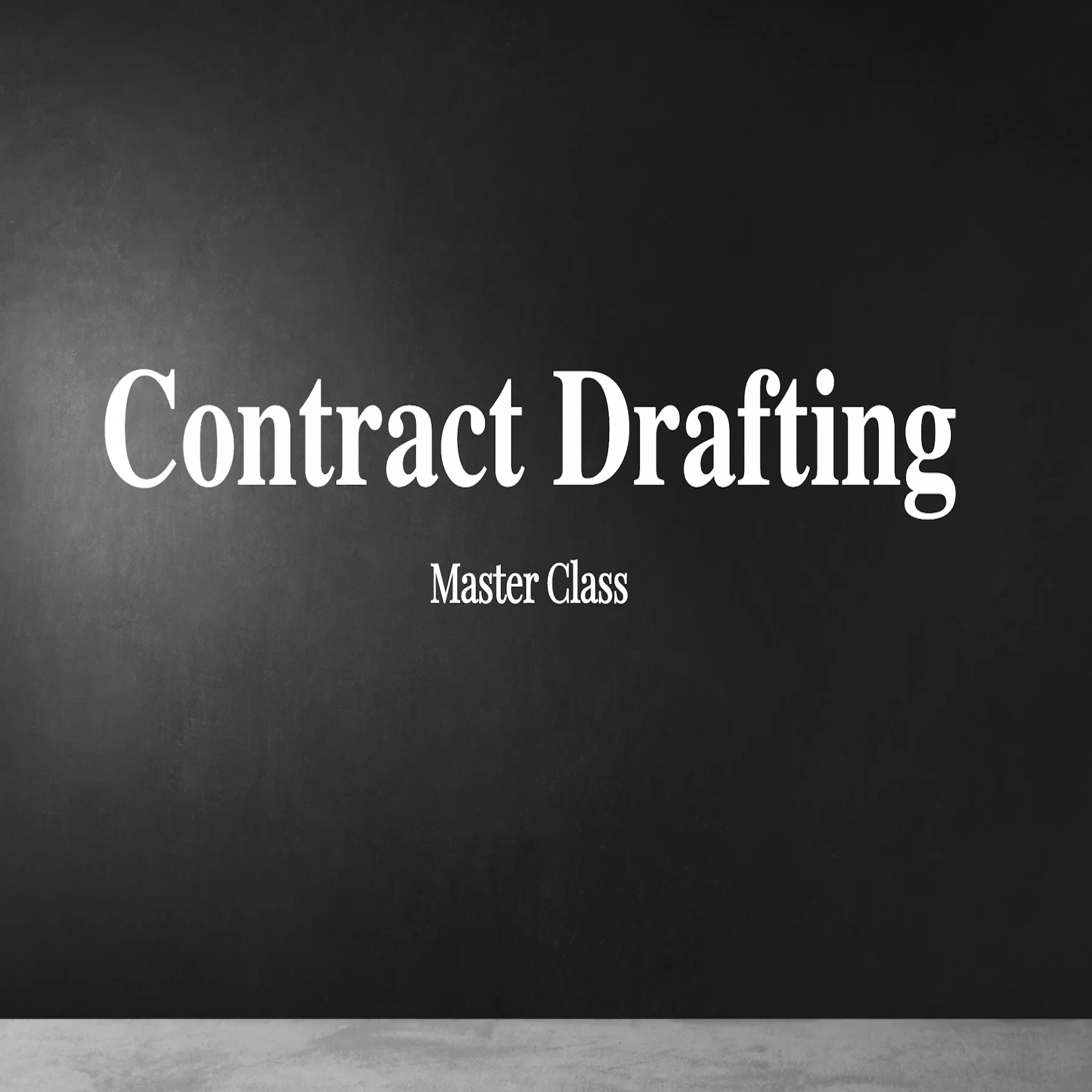Pre Drafting
Which is correct? shall - may - must - will

A
The owner shall purchase the paint.
The tenant may select the color.
The painter will perform the work.

B
The owner shall purchase the paint.
The tenant will select the color.
The painter must perform the work.

C
The owner must purchase the paint.
The tenant may select the color.
The painter will perform the work.

D
The owner must purchase the paint.
The tenant will select the color.
The painter shall perform the work.
Why? The owner is obliged to buy the paint, and the tenant can pick the paint, and if A & B are true, then the worker will, but is not obliged to carry out the work.
The owner shall purchase the paint.
The tenant may select the color.
The painter will perform the work.
Before Setting Out a Single Word Take the following into account.
Communication and transparency are key in the early stages of the contract drafting process. From navigating contract terms to making sure involved parties are on the same page, the beginning of the contract cycle relies on an open and ongoing dialogue between individuals for the best results.
Before pen hits paper, it is important to understand what the contract will outline, how long it will be valid, and what obligations each party has to fulfill. Having solid goals in mind will make drafting the contract easier, and ensure that no vital details are left out when the contract is implemented. Doing a rough outline of a contract by first listing major themes and then moving onto intricate details is the first step in clarifying what you want to convey to other people that will be reading the contract. If each component of the contract is clear to you, there’s less chance of a misunderstanding when the contract is viewed by another party.
Ambiguous language will make the contract more difficult to understand and interpret. Using short, but meaningful sentences gives the contract value rather than a collection of vague statements. Sticking to commonly used terminology and phrases that will hold up in court is important to making the contract legally binding.

Get Started Right Source - Balance - Product

Starting at the Source
Finding the Right Balance
Creating Final Product


Starting at the Source Setting out on the right foot.
Depending on what is at stake in a contractual agreement, the negotiation process can become an extremely long and drawn out process. Parties want to ensure that they are getting the best deal possible, and they have to make certain that they are adequately protected in the event of a breach down the line. However, some of this extreme (sometimes excessive) caution may be avoidable by simply doing a good amount of research ahead of time.
Specifically, companies should investigate any prospective contracting partners before setting up an initial meeting. This includes a review of a company’s executive team, finances, previous litigation issues, and any relevant press that may be available. Even if companies manage to get past the negotiation phase and enter into a contract, the ensuing management of that contract may become a nightmare if unexpected issues arise, and some of those problems may have been caught and avoided with a little research beforehand.
Specifically, companies should investigate any prospective contracting partners before setting up an initial meeting. This includes a review of a company’s executive team, finances, previous litigation issues, and any relevant press that may be available. Even if companies manage to get past the negotiation phase and enter into a contract, the ensuing management of that contract may become a nightmare if unexpected issues arise, and some of those problems may have been caught and avoided with a little research beforehand.

Introductions First impressions count.
If a company does its research and the other party appears to pass muster, it should be safe to set up an initial meeting. The first few introductory meetings may reveal quite a bit about a company’s culture and business mindset. As a result, companies must pay close attention during these interactions to determine whether the relationship is a good fit.
Even if the contractual relationship appears perfect on paper, the reality of human interaction may not align. Ultimately, successful contract management really comes down to relationship management, and initial impressions often divulge how the relationship will unfold.


Forming a Framework Getting the goals organized.
Once both parties have committed to moving forward, it is still important to tread lightly. Although each party may not have any shady dealings lurking in its past and the teams may appear to get along famously, when it is time to get to the heart of the deal, opinions and expectations can differ markedly. After all, the goal of any business contract is to gain the most value possible, and companies may pursue this at all costs, sometimes to the detriment of the deal.
In general, the actual negotiation process must begin with the parties outlining their goals and expectations, and together they must determine whether they can establish a mutually satisfactory framework for the subsequent agreement. At this juncture, there is no need to get into specific details because, if the parties don’t see eye to eye on the big picture, they will probably never agree on the minutiae. And, contract management usually focuses on the outcome anyway, as the means are generally less important than the ends. Thus, the framework established during negotiations will set the stage for how the final contract is managed.
Use a Checklist Everytime.

Define roles and responsibilities assigned to relevant stakeholders.
Set-up workflow for contract-related business processes.
Establish escalation and alternative dispute resolution procedures.
Create a plan to cover implementation/transition/rollout.
Establish procedures to keep contract documentation up to date -payment schedules, progress payments made and/or due, or other payment due dates, as required under the contract.
Where possible, involve key contract management staff in contract development.
Establish a fiscal monitoring plan based on contract specifications or other applicable fiscal requirements.
Identify and rate contract risks; procedures for dealing with major risks determined.

Prepare standard contract template.
Set up Integration with the contract management function of a contract management tool.
Ensure that all documents relating to the contract are consistent and that all parties have the correct version.
Ensure contract resolves price management mechanisms, including milestone payments, incentives, rewards, retentions, and any price variation mechanisms.

Ensure contract identifies proprietary/protected information of both parties.
Ensure contract establishes provisions for contract time frame extensions.
Ensure contract defines what information needs to be provided and which requirements to be met.
Ensure contract defines ownership of assets and intellectual property.

Confirm both parties have delivered all outcomes as agreed and documented.
Confirm that all payments and clauses were properly addressed, resolved, closed, and terminated.
Confirm contract monitoring timeline has been developed for all activities required under the contract.
Confirm all attachments listed in the contract.
Confirm corporate legal oversight person has reviewed and approved contract.
Confirm that the contract file contains a copy of the signed, executed current contract.
Confirm contract includes a provision regarding termination, both for cause and without cause.
Confirm invoicing and payment methods.
Confirm any potential risk-sharing issues are expressly addressed.
Confirm contract protects against payer insolvency.
Confirm the contract term and renewal information.
Check and confirm any and all amendments and modifications.
Confirm parties signing the contract are authorized to make decisions on behalf of the organization.

